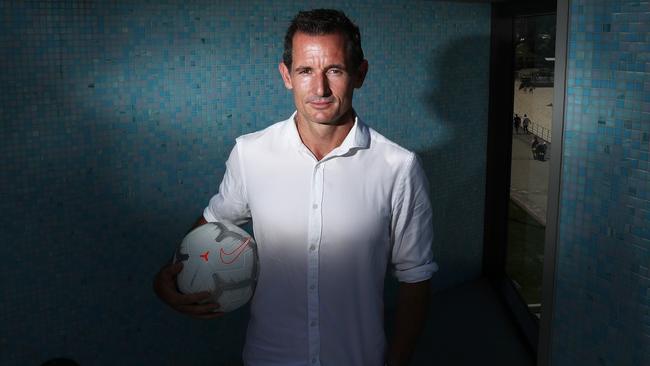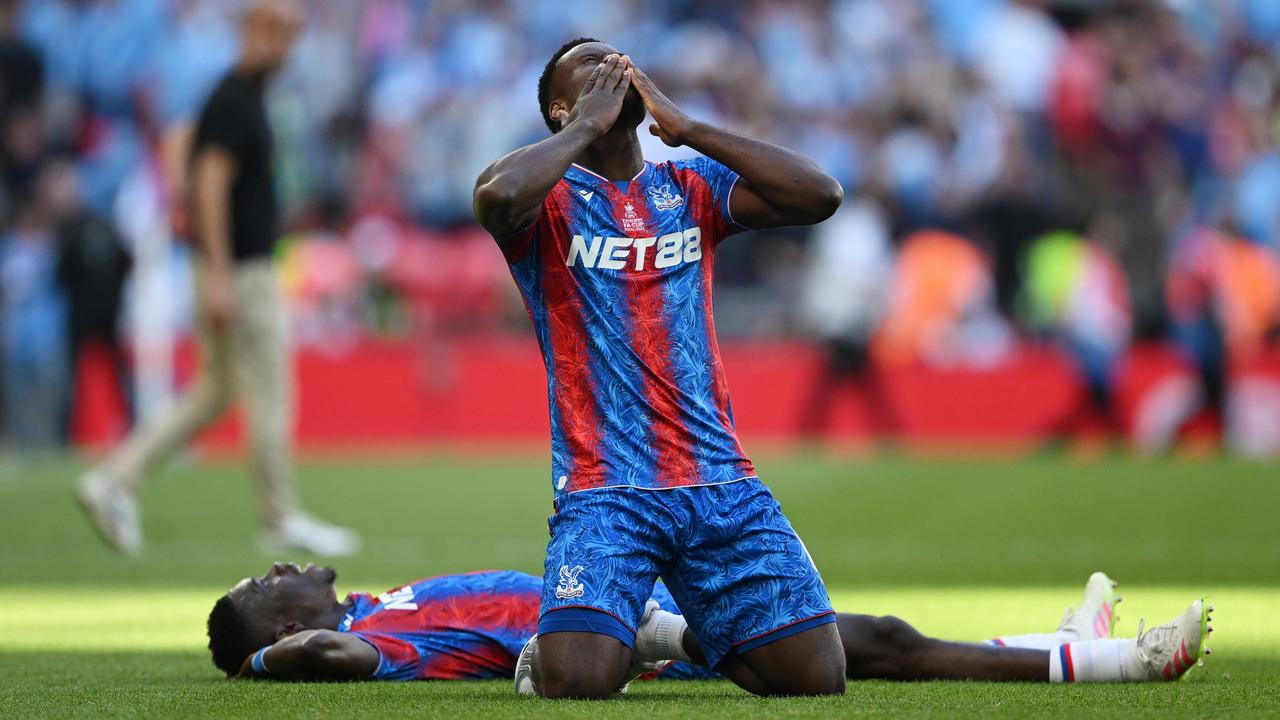Asian Cup 2019: Clark keeps taps on Socceroos
Fitness has long been a national team strength, a baton now passed to new sports science head Andrew Clark.

It’s no accident that the coaches of Australia’s last Asian Cup opponent and the next have both pointed out the superior fitness of their green-and-gold foes.
Syria lost their legs late in this week’s 3-2 loss to the Socceroos, who kept running all the way until Tom Rogic’s injury-time winner.
And on Thursday evening, when Uzbekistan was confirmed as Monday’s round of 16 adversary, boss Hector Cuper described their ability to last the distance as an advantage needing eliminating.
Fitness has long been a national team strength, a baton now passed to new sports science head Andrew Clark.
The former player turned strength and conditioning guru spent the past four years fuelling Sydney FC’s bottomless tank and keeping injuries at a striking low.
Now, working with colleagues such as high-performance co-ordinator Phil Coles and team doctor Mark Jones, he’s helping the Socceroos join the global dots with players’ clubs, and in the long term hopes to streamline all Australian football under a single monitoring system to bring future stars to their physical peak.
Working in a national team set-up is a peculiar role, in that the vast majority of contact with players occurs over thousands of kilometres. Outside of tournaments, Clark and the sports science team are in weekly contact with up to 100 players on the Socceroos and Olyroos extended squad list.
A normal day begins in the evening when Europe wakes up, and there’s a constant stream of texts from players about everything from stretching to recovery boots.
Some he’s known since his Mariners days, like Rogic, Mat Ryan, Trent Sainsbury, Danny Vukovic and Mustafa Amini.
Others, such as Alex Gersbach, Matt Jurman and Rhyan Grant, he worked with at Sydney. “Some I’ve coached from when they were kids,” Clark says.
“That first camp in Turkey (last September) was strange, walking in and seeing guys you haven’t seen since they were 18 or 19 years old and now they’re professionals in their late 20s in Europe.”
Strange, but also fortunate, because Clark knows their bodies well — the mechanics of how they move, and what looks normal and what doesn’t to spot an injury before it happens.
That’s the instinctive side to the role, but it’s underscored by masses of data on each player. That’s why Clark’s other primary goal is domestic, and “much bigger than the Socceroos”.
“To unite Australian football under a single monitoring system,” Clark says.
“To get an understanding of what players are doing as they progress through the Australian system as far as testing athletic and football development.
“We’re a long way off that but we’ve started the process.”
Clark’s full-time foray into sports science occurred in 2010, at a time he remembers a scepticism around its application to football rather than, say, athletics.
But that was also the start of the long-term relationship between Clark and Arnold, which has become borderline telepathic over the eight years since they first met when Arnold was appointed Mariners boss.
The Socceroos, though, is uncharted territory for Clark.
“I’ve been in a club environment where I can take a player as a project and find out what they want, work out what they need to improve to achieve what they want, and then work on it for six or 12 months or two years,’’ Clark said.
“In this environment you have to work out a new way to have the same sort of impact when you don’t have the day-to-day physical contact with a player.”



To join the conversation, please log in. Don't have an account? Register
Join the conversation, you are commenting as Logout